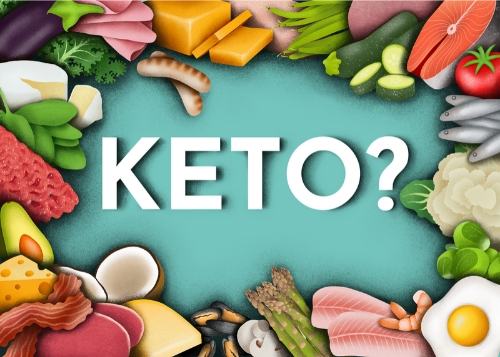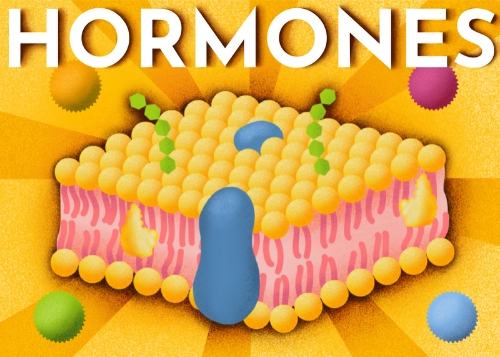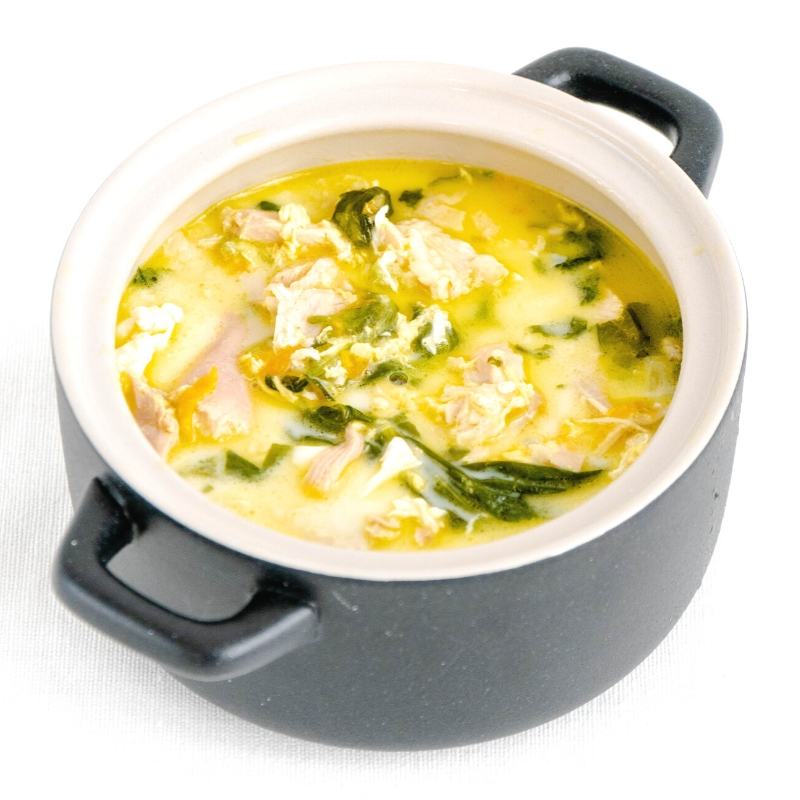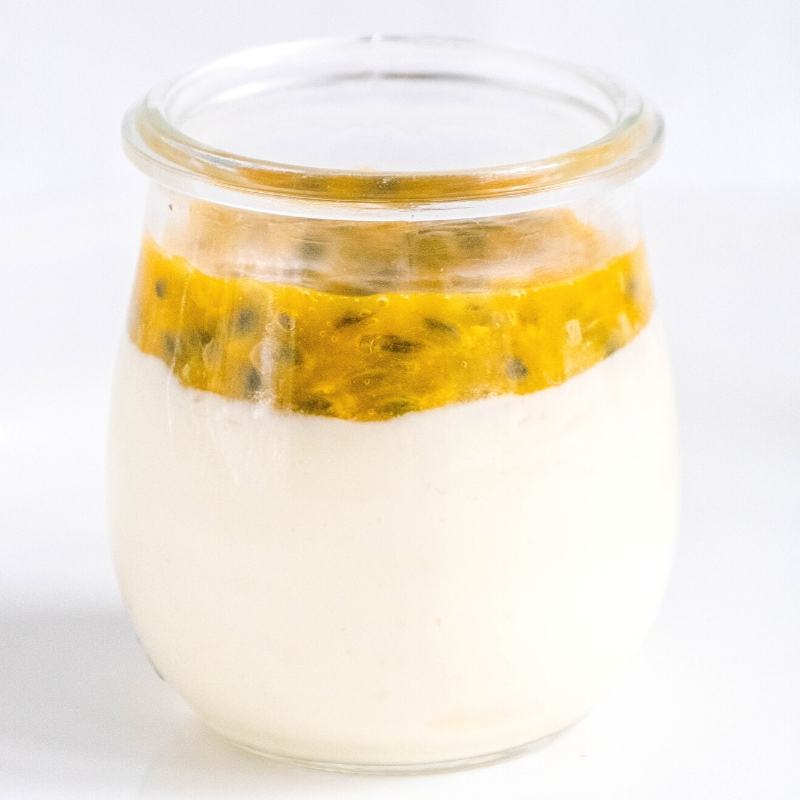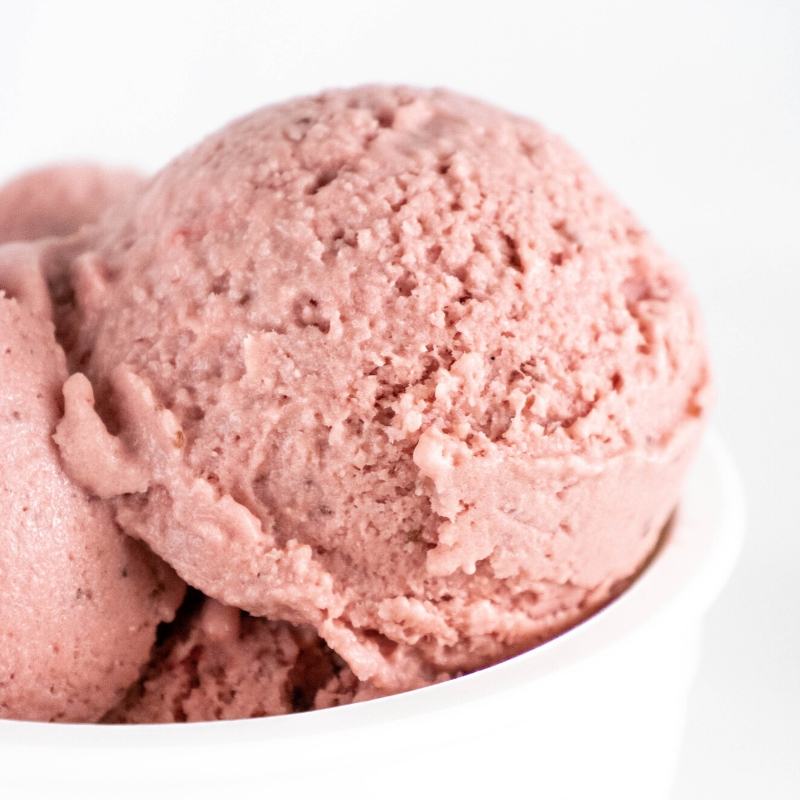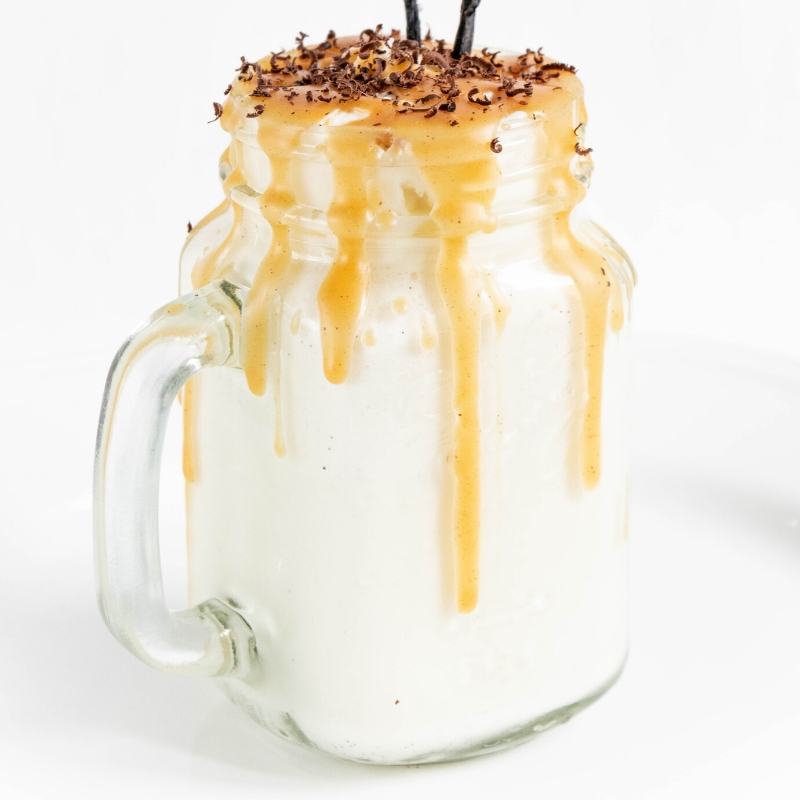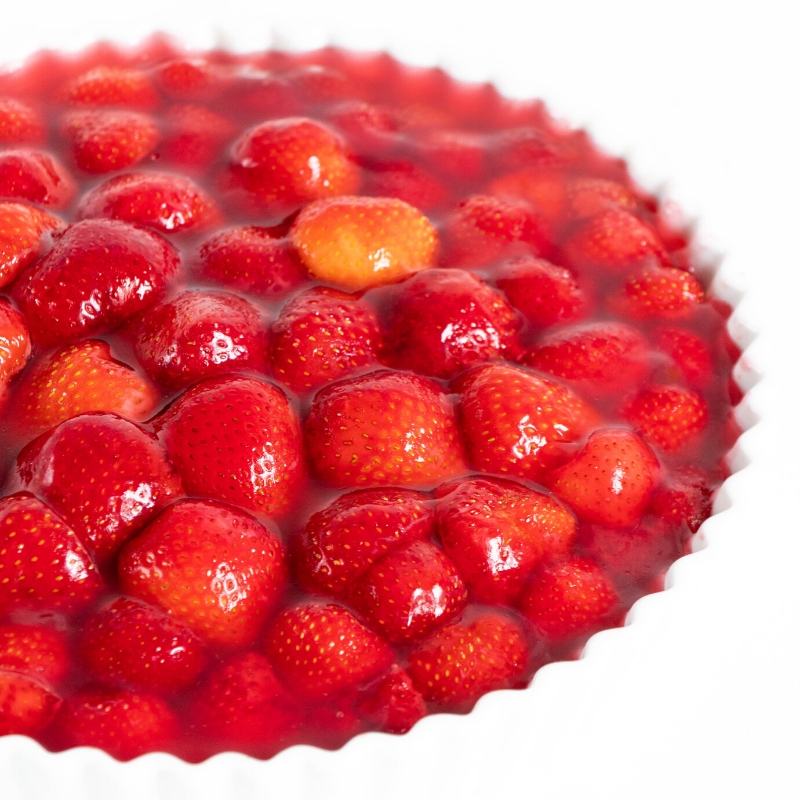How to Avoid the Keto Flu & Other Keto Side Effects (What Really Works)
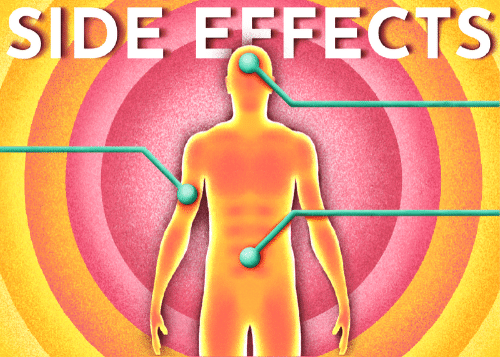
In a nutshell:
- Switching to a low carb or keto diet can be accompanied by side effects while the body is adjusting to burn fat instead of sugar.
- Most side effects are temporary and can be easily treated with simple home remedies.
The ketogenic diet has so many beneficial aspects, that it is easy to lose sight of potential side effects.
This post will give you an overview of the most common side effects you might encounter after switching to a low carb or keto diet and you’ll find out what you can do about them.
The most common keto & low carb side effects
- The “keto flu”
- Constipation
- Diarrhea
- The “keto breath”
- Muscle cramps
- Fatigue & lack of motivation
- Reduced alcohol tolerance
Side effects at the beginning are normal
Side effects at the beginning of a ketogenic or low carb diet are perfectly normal since your body literally transforms itself from a sugar burner to a fat burner.
That’s like a car being able to switch its own engine from gas to electric within a few days.
But this also means that your body has to completely rebuild all the “machinery” needed to switch its fuel source, and you may encounter a couple of bumps along the way.
However, once your body has completed the transition, most if not all side effects will go away and nothing will stand in between you and your goals.
The content provided in this post is for informational purposes only and does not constitute medical advice. It is not intended to replace professional medical advice, diagnosis, or treatment. See further information.
1. The “keto flu”
The “keto flu” is one of the most common side effects after switching to a very low carb diet.
This is especially true if carbohydrates were a big part of your diet before you made the switch.
When you stop eating carbohydrates for a prolonged period of time, your body is forced to look for another source of energy, namely fat.
To use fat efficiently as a fuel, your body has to change its metabolic state and transform itself quite literally from a sugar burner to a fat burner.
This doesn’t happen overnight and your body may react with the symptoms of the “keto flu” while you’re transitioning to become a fat burner.
Symptoms of the “keto flu”
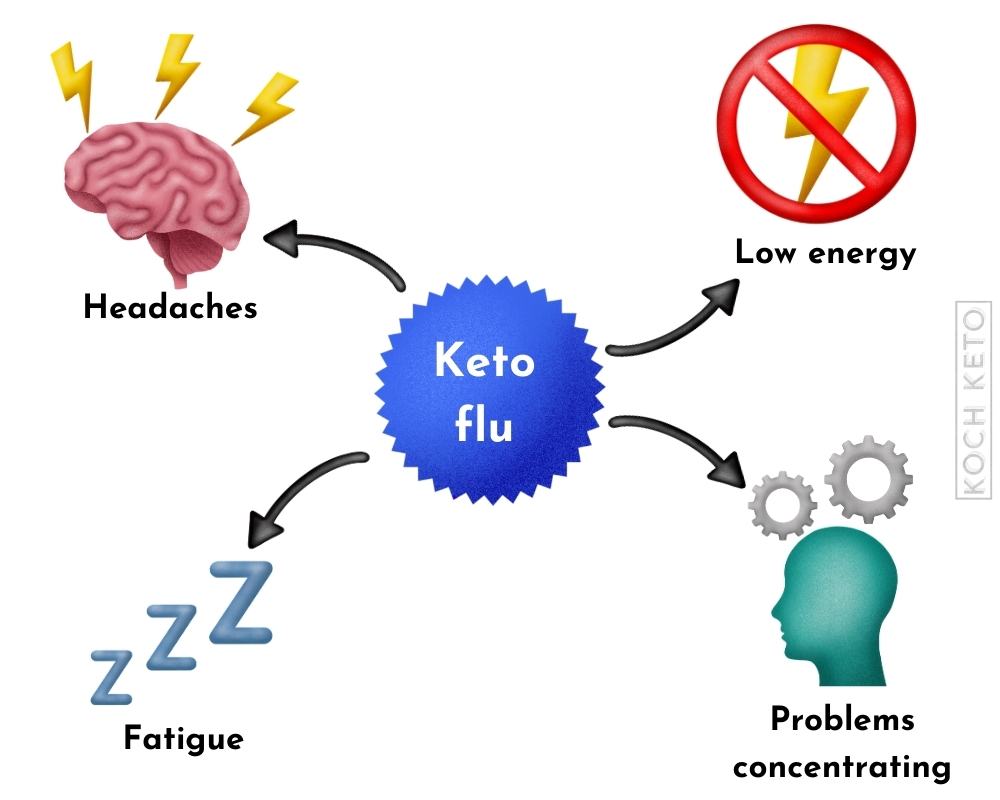
But you don’t have to sit around and wait for the symptoms to disappear, though.
After all, there are simple and effective remedies that can help treat if not cure the symptoms of the “keto flu”.
What causes the “keto flu”?
When you start following a low carb diet, your body reacts by excreting more water and salt through your urine.
This is why you probably have to go to the toilet much more often in the first week after starting your diet and also why you might lose several pounds of water weight in the beginning.
However, this also means that our body has less salt and water at its disposal, which in turn might cause the different symptoms of the “keto flu”.
If you now make sure that you consume enough salt and drink enough water, you will be able to significantly improve the symptoms of the “keto flu” or you might even avoid them altogether!
What can you do about the “keto flu”?
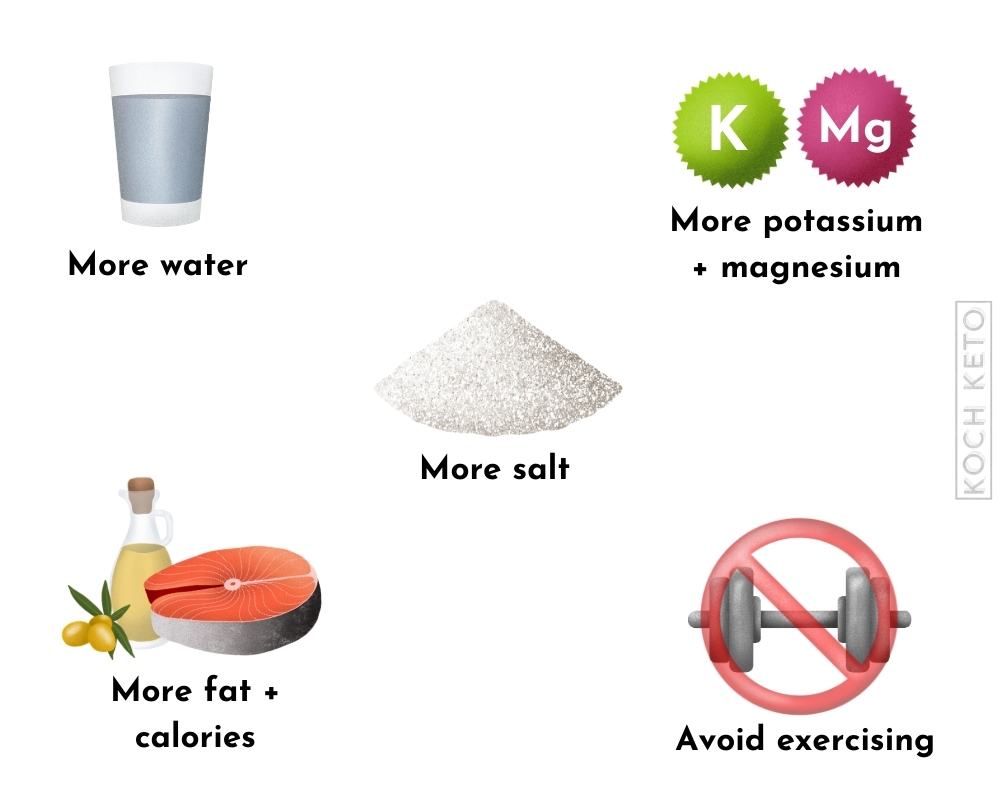
- Drink more water
- Drink about 2-3l of water a day in the first week after starting the keto diet, especially if you are physically active.
- Eat more salt
- Increase your salt intake, for example by drinking vegetable or chicken broth.
- Get enough potassium and magnesium
- You can find both in many low carb foods – avocados and nuts are good sources, for example.
- Eat more fat
- When you’re on a ketogenic diet, fat is your body’s main energy source, that’s why you should make sure to consume enough of it. (Ergo: Don’t eat low carb and low fat).
- Don’t cut your calories too much at the beginning
- For the first two weeks of your keto diet, you should not put any extra stress on your body by reducing your calories in addition to completely changing your diet.
- Avoid intense exercise at the beginning
- If you didn’t already exercise before starting your keto diet, you should wait one or two weeks before introducing exercise into your new daily routine.
Summary:
- The “keto flu” is one of the most common side effects at the beginning of the ketogenic diet.
- The most common symptoms of the “keto flu” are headaches, fatigue, lack of motivation, and problems concentrating.
- The symptoms of the “keto flu” can usually be easily treated or even completely avoided by drinking more water and consuming more salt.
2. Constipation
If your body is suddenly confronted with having to digest a large amount of fat and protein instead of a large amount of carbohydrates, it may take a few days to weeks to get back to a normal rhythm.
Especially if you’re not eating as much fiber as you did before, you might end up with constipation at the beginning of your keto diet.
What can you do about constipation on a keto diet?
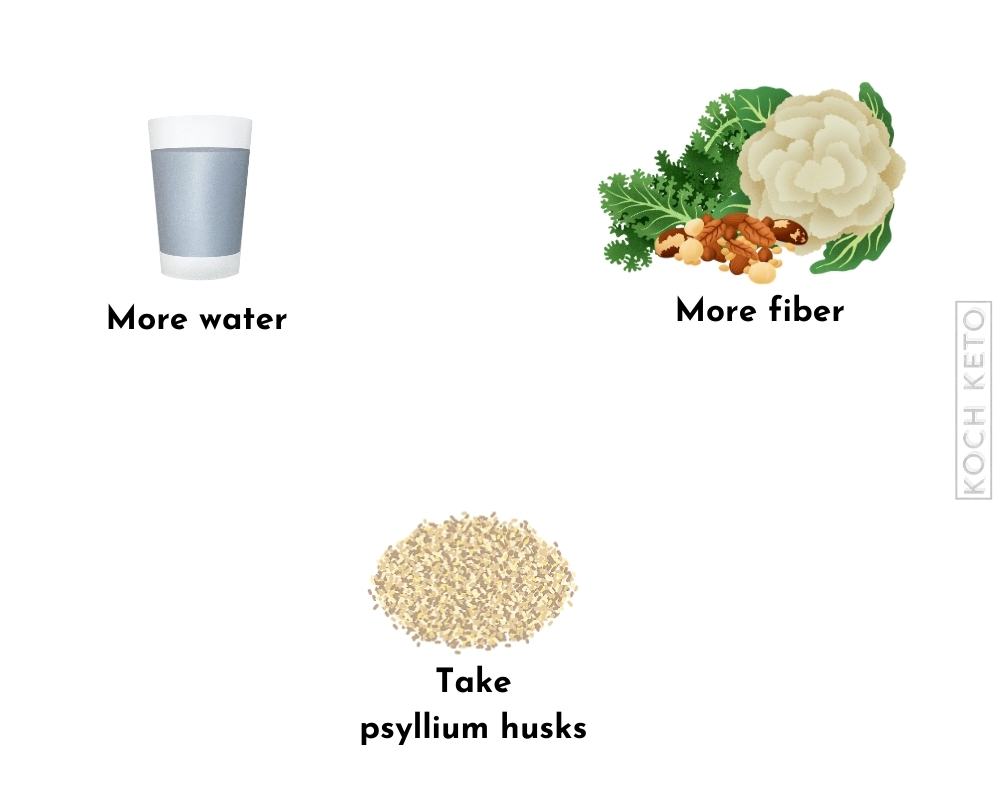
- Drink lots of water
- Due to the increased excretion of water trough urine at the beginning of a keto diet, less water is available in the digestive tract and the stool can become drier and harder as a result.
Drinking lots of water is often the only thing you need to do against constipation on the ketogenic diet.
- Due to the increased excretion of water trough urine at the beginning of a keto diet, less water is available in the digestive tract and the stool can become drier and harder as a result.
- Eat more fiber
- You can increase your fiber intake on a keto diet by eating more low carb vegetables and low carb nuts & seeds.
- Take psyllium husks
- Dissolve 1-2 teaspoons of psyllium husks in a cup of water and drink it.
Summary:
- Constipation after starting a ketogenic diet is a relatively common side effect.
- Drinking lots of water, eating more fiber and taking psyllium husks can all be an effective remedy for constipation on a keto diet.
3. Diarrhea
Diarrhea is much less common than constipation when following a ketogenic diet.
If you do get diarreah after switching your diet, the most likely cause is the increased fat intake as your digestive tract is not yet used to processing large amounts of it.
However, it can be also caused by other factors, for example by an overconsumption of laxative sweeteners.
What can you do about diarrhea on the keto diet?
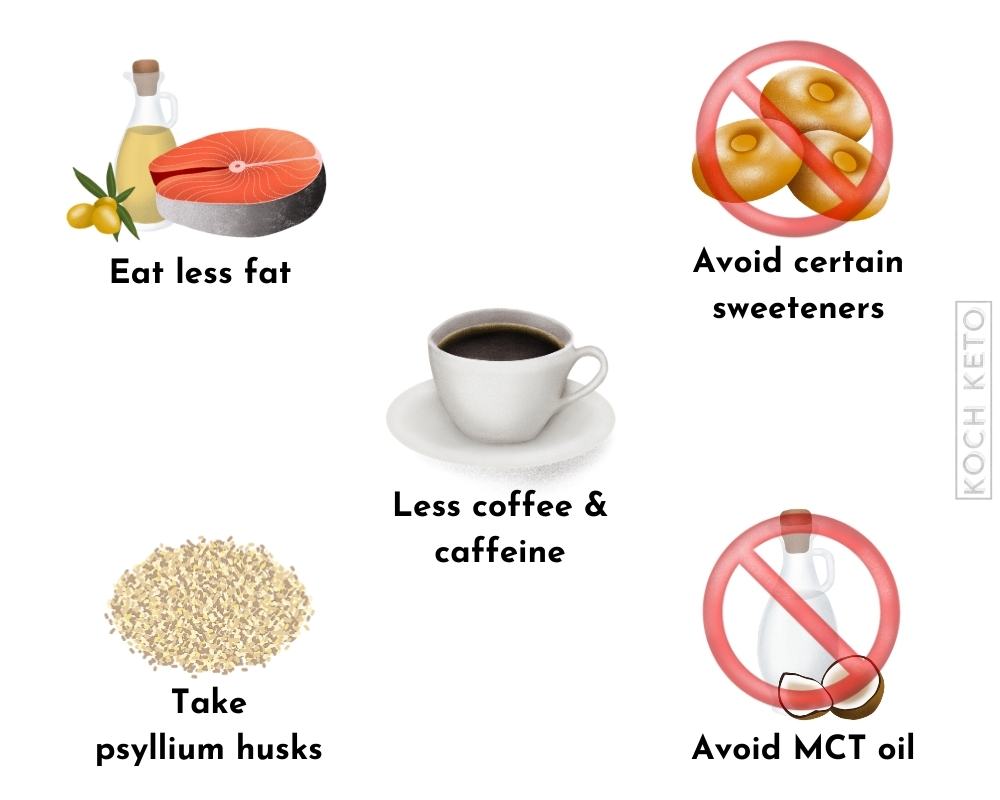
- Reduce the amount of fat you’re eating
- Some people need more time to get used to the high amount of fat in their diet and should take it slow in the beginning.
Added fat, for example in the form of bulletproof coffees, should be avoided.
- Some people need more time to get used to the high amount of fat in their diet and should take it slow in the beginning.
- Avoid certain sweeteners
- Avoid MCT oil
- Reduce your coffee and caffeine intake
- Take psyllium husks
- Dissolve 1-2 teaspoons of psyllium husks in a cup of water and drink it.
Psyllium husks can bind excess bile acid and thereby help to counteract bile acid diarrhea.
- Dissolve 1-2 teaspoons of psyllium husks in a cup of water and drink it.
Summary:
- Diarrhea on the keto diet is relatively uncommon and is usually the result of a digestive system that is not yet accustomed to a high amount of fat.
- The diarrhea will most often resolve on its own after a certain amount of time, but until then steps like eating less fat and avoiding laxative sweeteners can help.
4. The “keto breath”
When you stop eating carbohydrates and transition into the “fat-burning state”, your body will start producing so-called ketone bodies from fats and proteins.
These ketone bodies will serve as an alternative fuel source and supply your body with energy as long as you’re following a ketogenic diet.
However, at the beginning of your ketogenic diet, your body is not yet very efficient at using this new fuel source.
As a result, excess ketone bodies are expelled through urine and breath.
If you expell a large amount of ketone bodies through your breath, you might be able to smell them.
Ketone bodies have a relatively typical smell that reminds of nail polish remover.
So the resulting “keto breath” doesn’t necessarily smell bad, it’s just very unusual.
You also don’t have to worry too much about it if you happen to develop a “keto breath” as it is a temporary phenomenon that will resolve itself.
Once your body becomes more efficient at using ketone bodies as a fuel source, your “keto breath” will disappear as well.
What can you do about “keto breath”?
- Drink lots of water
- Drinking lots of water can help to reduce “keto breath” by making you excrete the excess ketone bodies in your urine instead of your breath.
- Use breath fresheners
- Sugar-free candy, chewing gum and special breath freshener sprays can help to mask the “keto breath” temporarily.
Summary:
- “Keto breath” is a relatively uncommon side effect of the ketogenic diet and can occur while the body is not yet efficient at using ketone bodies as its new fuel source.
- When the body becomes better at using ketone bodies as an energy source, the “keto breath” will disappear on its own.
5. Muscle cramps
They are a fairly common side effect, especially if you do a lot of physical activity.
The reason for muscle cramps on a low carb diet is most likely the increased excretion of certain minerals such as sodium, magnesium, or potassium through the urine.
What can you do about muscle cramps on the keto diet?
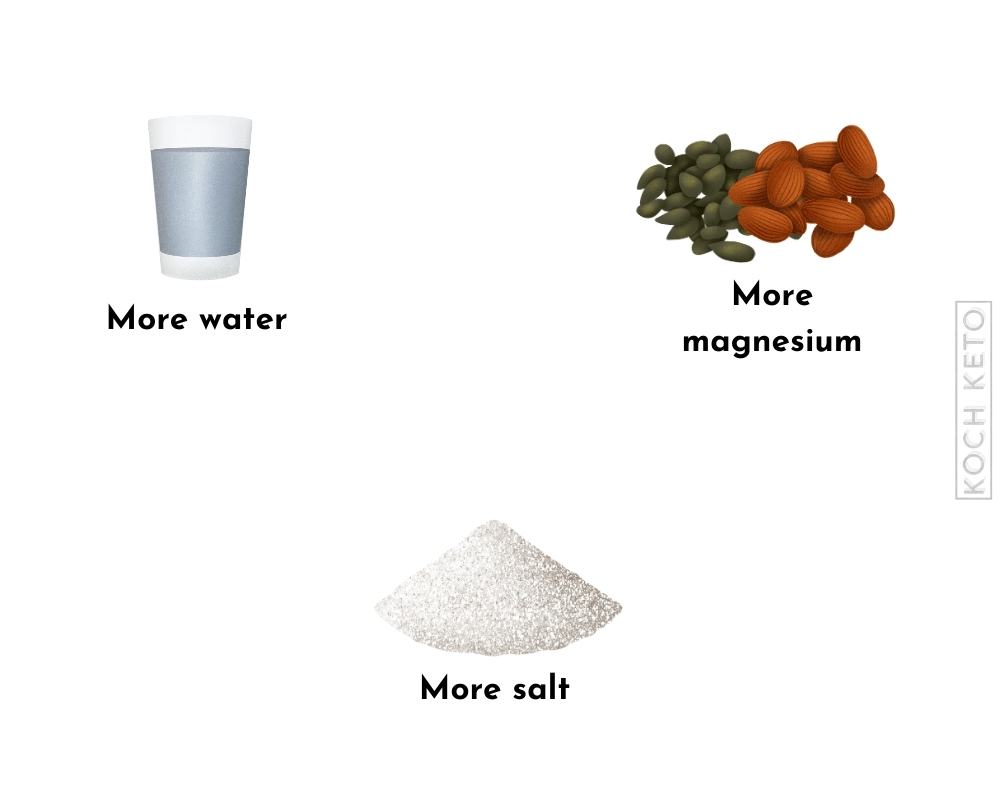
- Drink lots of water
- Mineral water is a particularly good choice thanks to the electrolytes (such as sodium, potassium and magnesium) it contains.
- Eat more salt
- Due to the increased excretion of salt through your urine, there is less salt available in the body and muscle cramps might be the result.
That’s why eating more salt might relieve muscle cramps.
- Due to the increased excretion of salt through your urine, there is less salt available in the body and muscle cramps might be the result.
- Consume more magnesium or take a magnesium supplement
- Especially if you exercise a lot, you might benefit from taking a magnesium supplement.
You can also increase your magnesium intake by eating magnesium-rich foods, low carb nuts & seeds are a good choice for example.
- Especially if you exercise a lot, you might benefit from taking a magnesium supplement.
Summary:
- Muscle cramps on a low carb diet can be caused by a lack of salt or other electrolytes.
- Drinking a lot, eating a little more salt and increasing your magnesium intake can reduce muscle cramps on a low carb diet.
6. Fatigue & lack of motivation
First of all: if you happen to be in the first week of your low carb diet, it’s perfectly normal to feel a little sluggish.
Your body is currently rearranging its entire metabolism to use fat as a fuel instead of carbohydrates.
The part about the “keto flu” has some tips that can help you get through the first week of a ketogenic diet.
But what if you are still tired and have no energy after the first week is over?
What can you do if you’re tired and unmotivated on a keto diet?
- Consume more water & salt
- As with almost any other keto side effect, more water and salt usually do the trick.
- Reduce your workout intensity
- Excessive exercise at the beginning of your keto diet might be the reason you feel tired all the time. This is because it takes a while until your body has fully made the transition from sugar burner to fat burner.
Until then, it might make sense to slow down a notch and reduce your workout intensity.
- Excessive exercise at the beginning of your keto diet might be the reason you feel tired all the time. This is because it takes a while until your body has fully made the transition from sugar burner to fat burner.
- Increase your calories
- Low carb and keto diets make it possible to eat less without feeling the sharp pain of hunger all the time. But this could also be the reason why you feel fatigued. If you reduce your calories too much, either intentional or unintentional, your body might react with tiredness and lack of motivation.
Increase your calories for a while to see if you don’t feel as tired anymore.
- Low carb and keto diets make it possible to eat less without feeling the sharp pain of hunger all the time. But this could also be the reason why you feel fatigued. If you reduce your calories too much, either intentional or unintentional, your body might react with tiredness and lack of motivation.
Summary:
- Being tired and unmotivated during the first week of your low carb or keto diet is normal and probably a symptom of the “keto flu”.
- If the fatigue persists, too much exercise or too little calories could be the culprit as well.
Drinking more water and consuming more salt might also help.
7. Reduced alcohol tolerance
Even people who follow a low carb or keto diet want to go out and have a drink sometimes.
And even though too much alcohol is never healthy, some choices are at least low carb.
Some alcoholic drinks contain no (e.g. vodka, gin) or only a small amount of carbs (e.g. dry wine) and are thus suitable for a low carb lifestyle (if consumed in moderation).
There’s just one thing you should know if you plan to drink alcohol while being on a keto or low carb diet: you’ll need a lot less alcohol to get drunk.
That’s because, without carbohydrates, alcohol has a much greater effect on your body.
So you should take it slow when you drink alcohol for the first time after starting your low carb diet.
You should also make sure to drink a lot of water and sleep well after a night of drinking – because unfortunately, hangovers are also worse when you’re on a low carb diet.
Summary:
- On a low carb or keto diet, alcohol has a much stronger effect on your body and can make you drunk faster.
- Hangovers are also typically worse, so taking it slow and not overdoing it should be your course of action.
FAQ’s
What are the most common low carb and keto side effects?
- the “keto flu”
- digestive issues
- muscle cramps
- fatigue & lack of motivation
- reduced alcohol tolerance
What are the symptoms of the "keto flu"?
- headaches
- sluggishness
- fatigue & lack of motivation
- problems concentrating
How long does the "keto flu" last?
However, simple home remedies can be very effective for the keto flu.

